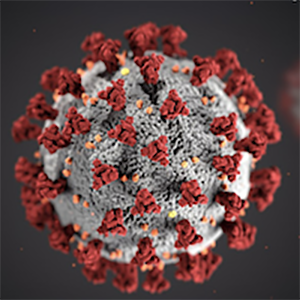Perceptions and attitudes toward the use of telemedicine for the postoperative outpatient urological care during the COVID-19 pandemic in an Academic Hospital in Southern Italy

Accepted: August 2, 2022
All claims expressed in this article are solely those of the authors and do not necessarily represent those of their affiliated organizations, or those of the publisher, the editors and the reviewers. Any product that may be evaluated in this article or claim that may be made by its manufacturer is not guaranteed or endorsed by the publisher.
Authors
Introduction: Telemedicine is a most used tools in various medical and surgical scenarios. The aim of the present study was to explore attitudes and perceptions by urologic patients toward the use of telemedicine in the context of patient-physicians communication during the post-operative follow-up in a large academic tertiary urology referral department in Italy.
Materials and methods: An anonymous questionnaire consisting of 15 multiple choice questions was designed including three sections: respondents’ demographics, attitudes, and perceptions towards the use of telemedicine. Invitations to participate to this anonymous questionnaire was given to outpatients attended at Urology Department, University of Naples Federico II.
Results: In total 697 responses were received (participation rate 73%). The frequency of telemedicine use was described as frequently, occasional, rarely, and never by 41.6%, 30.4%, 15.1%, and 12.6% of respondents, respectively. WhatsApp messenger used by 59.5% of respondents and telephone call (34.3%) were the most common type of tools. Satisfaction in using telemedicine was reported as very satisfied, satisfied, neutral, dissatisfied, and very dissatisfied by 39.6%,41.4%,10%,7% and 2% of respondents respectively. Overall, 43.7%% of participants individuated limited interaction and risk of misdiagnosis as the major limit of telemedicine.
Conclusions: Telemedicine represents the future of medical practice due to several benefits as well as convenience, increased access to care and decreased healthcare costs.
How to Cite

This work is licensed under a Creative Commons Attribution-NonCommercial 4.0 International License.
PAGEPress has chosen to apply the Creative Commons Attribution NonCommercial 4.0 International License (CC BY-NC 4.0) to all manuscripts to be published.

 https://doi.org/10.4081/aiua.2022.4.375
https://doi.org/10.4081/aiua.2022.4.375



